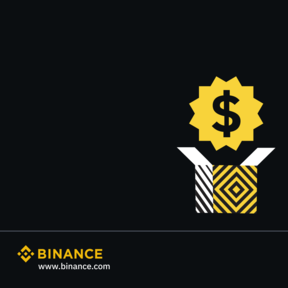Overview
The Ripple Protocol is a revolutionary payment system that makes sending money across the globe as easy as sending an email.
It solves the big challenges of traditional financial networks by using a unique consensus method that's both fast and secure.
Think of it like a super-efficient digital ledger that everyone can trust, but no single person controls.
Since its inception, it has evolved into one of the leading enterprise blockchain solutions for cross-border payments, with hundreds of financial institutions now using its technology.
Technology
Let's break down how Ripple works in simple terms.
Imagine a group of trusted record-keepers all working together to maintain one giant digital checkbook.
Instead of waiting for one central authority (like a bank) to approve transactions, these record-keepers (called servers) work together through something called the Ripple Protocol Consensus Algorithm (RPCA).
Here's the cool part - every few seconds, all these servers look at new transactions and decide together which ones are valid.
It's like having multiple referees in a sports game, all watching to make sure everything follows the rules.
Each server has its own list of other servers it trusts (called a Unique Node List or UNL), kind of like having a trusted circle of friends whose judgment you value.
The consensus process happens in rounds, similar to taking a vote.
In each round, servers share what transactions they think are valid, and if enough servers agree (at least 80% of your trusted circle), those transactions get approved.
This whole process takes just a few seconds, which is way faster than traditional banking systems that can take days.
To make sure everything stays secure, Ripple has built-in safeguards.
For example, if some servers are trying to cheat or making mistakes, the system can still work perfectly as long as these bad actors don't make up more than 20% of your trusted circle.
It's like having a jury where even if a few members are biased, the majority can still reach the right verdict.
Launched in 2012, the XRP Ledger (XRPL) is an open-source, permissionless and decentralized technology. Benefits of the XRP Ledger include its low-cost ($0.0002 to transact), speed (settling transactions in 3-5 seconds), scalability (1,500 transactions per second) and inherently green attributes (carbon-neutral and energy-efficient). The XRP Ledger also features the first decentralized exchange (DEX) and custom tokenization capabilities built into the protocol. Since 2012, the XRP Ledger has been operating reliably, having closed 70 million ledgers.
Binance
The Binance Exchange is a leading cryptocurrency exchange founded in 2017. It features a strong focus on altcoin trading. Binance offers crypto-to-crypto trading in more than 350 cryptocurrencies and virtual tokens, including bitcoin (BTC), ether (ETH), litecoin (LTC), dogecoin (DOGE), and its own coin, BNB.




